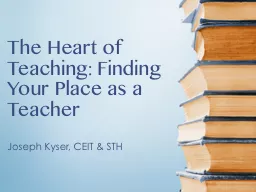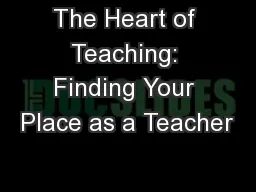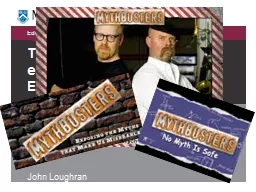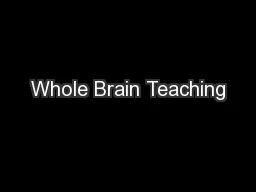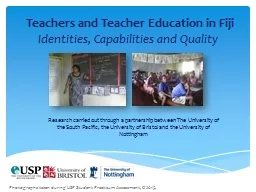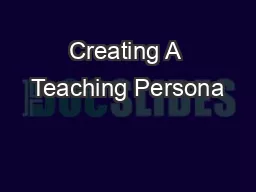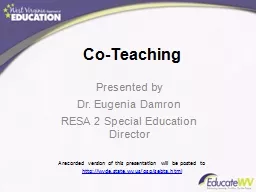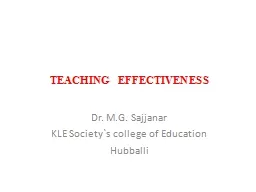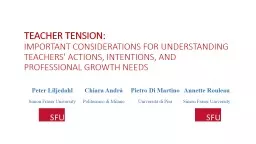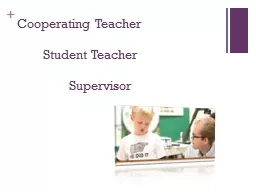PPT-The Heart of Teaching: Finding Your Place as a Teacher
Author : faustina-dinatale | Published Date : 2017-11-06
Joseph Kyser CEIT amp STH Introductions Name SchoolDepartment Preferred Name 5 second Pause Structure My Hope Set of questions Reflect for 2 minutes Discuss as a
Presentation Embed Code
Download Presentation
Download Presentation The PPT/PDF document "The Heart of Teaching: Finding Your Plac..." is the property of its rightful owner. Permission is granted to download and print the materials on this website for personal, non-commercial use only, and to display it on your personal computer provided you do not modify the materials and that you retain all copyright notices contained in the materials. By downloading content from our website, you accept the terms of this agreement.
The Heart of Teaching: Finding Your Place as a Teacher: Transcript
Download Rules Of Document
"The Heart of Teaching: Finding Your Place as a Teacher"The content belongs to its owner. You may download and print it for personal use, without modification, and keep all copyright notices. By downloading, you agree to these terms.
Related Documents

